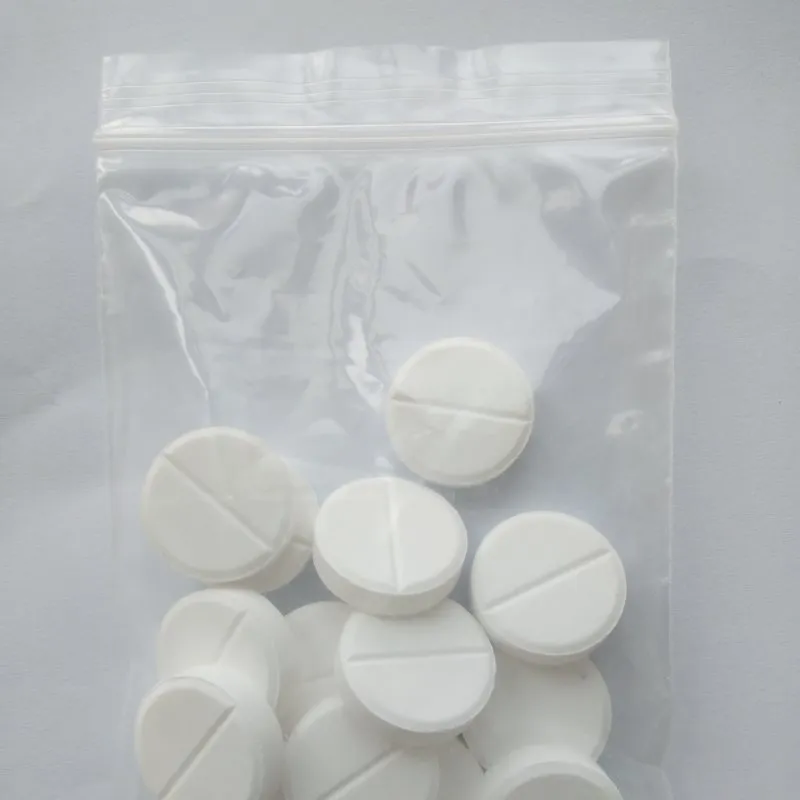



1m naoh 100ml
Exploring the Nature and Uses of 1M NaOH Solution A Comprehensive Overview
Sodium hydroxide, commonly referred to as NaOH, is a highly versatile and widely used chemical in various industries. One of the common concentrations of sodium hydroxide solution is 1M, which denotes a molarity of 1 mole per liter. This article delves into the characteristics, preparation, and applications of a 1M NaOH solution, specifically in a volume of 100 mL.
Understanding Molarity and Preparation
Molarity is a key concept in chemistry that refers to the concentration of a solute in a solution. It is expressed as moles of solute per liter of solution (mol/L). A 1M NaOH solution contains one mole of NaOH in one liter of aqueous solution. To prepare a 1M NaOH solution with a total volume of 100 mL, the following steps can be implemented
1. Calculation of Sodium Hydroxide Quantity The molar mass of NaOH is approximately 40 g/mol. For a 1M solution in 100 mL, you need 0.1 moles of NaOH, which equates to \[ 0.1 \, \text{moles} \times 40 \, \text{g/g} = 4 \, \text{g NaOH}. \]
2. Dissolving the NaOH Measure 4 grams of solid sodium hydroxide using a balance. It is crucial to handle NaOH with care, as it is hygroscopic and can caustically react with water and other materials. Dissolve the NaOH in a small amount of distilled water, and then transfer the solution to a 100 mL volumetric flask. Finally, add distilled water to reach the total volume of 100 mL.
3. Safety Precautions While preparing a 1M NaOH solution, one must wear appropriate personal protective equipment (PPE), including gloves, goggles, and lab coats. NaOH can cause severe burns, so any contact with skin or eyes must be avoided.
Properties of 1M NaOH Solution
1M NaOH is a strong base that dissociates completely in aqueous solution, generating hydroxide ions (OH⁻). The pH of a 1M NaOH solution is significantly high (around 14), indicating its strong basicity. This property allows it to react effectively with acids in neutralization reactions.
1m naoh 100ml

Industrial and Laboratory Applications
The applications of a 1M NaOH solution are vast and varied. Some notable uses include
1. pH Adjustment In water treatment plants, NaOH is used to adjust the pH of water to ensure it is safe for consumption and environmentally friendly when discarded.
2. Manufacturing Sodium hydroxide is crucial in the production of soaps and detergents. It acts as a saponification agent, converting fats and oils into soap.
3. Food Industry In the food processing industry, NaOH has applications in the pH adjustment of various solutions, candy production, and the peeling of fruits and vegetables.
4. Chemical Analysis A 1M NaOH solution is often employed in titrations to determine the concentration of acids in analytical chemistry. It acts as a precise reagent that facilitates the identification of acid concentrations.
5. Biodiesel Production Sodium hydroxide serves as a catalyst in the transesterification process of fats and oils to produce biodiesel, highlighting its role in renewable energy sources.
Conclusion
In conclusion, a 1M sodium hydroxide solution, particularly when prepared in a volume of 100 mL, is an essential chemical in both laboratory and industrial settings. Its strong basic properties allow for numerous applications, from pH regulation to its pivotal role in manufacturing processes. Nonetheless, adequate safety measures should always be observed when handling NaOH, as its caustic nature can pose significant health risks. With its vast applications and crucial role in various sectors, NaOH continues to be a cornerstone in the realm of chemistry.
-
Why Sodium Persulfate Is Everywhere NowNewsJul.07,2025
-
Why Polyacrylamide Is in High DemandNewsJul.07,2025
-
Understanding Paint Chemicals and Their ApplicationsNewsJul.07,2025
-
Smart Use Of Mining ChemicalsNewsJul.07,2025
-
Practical Uses of Potassium MonopersulfateNewsJul.07,2025
-
Agrochemicals In Real FarmingNewsJul.07,2025
-
Sodium Chlorite Hot UsesNewsJul.01,2025










